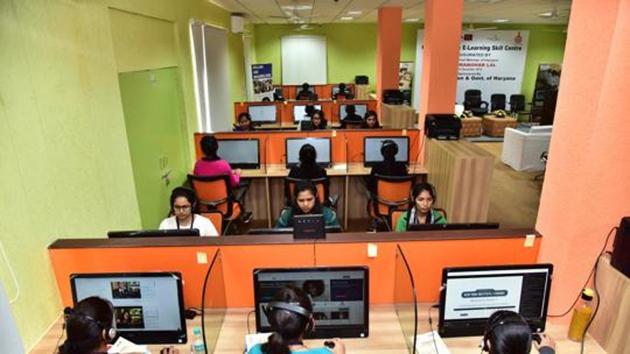Creating a robust and effective digital media regulatory mechanism
A huge regulatory structure just to monitor content and process the violations seem neither optimal nor prudent.
On November 9, the Centre amended the Government of India (Allocation of Business) Rules, 1961, and brought streaming video services such as Netflix, Amazon Prime and Hotstar, and news websites under the ambit of the ministry of information and broadcasting (I&B).

There is one point of ambiguity, though, in the notification: The online content can be curated content (as provided by news portals or entities such as Netflix, Hotstar or Amazon), and also user-generated content. The words “providers” and “platforms” must be explained clearly to clarify whether both curated and user-generated content are covered under this notification. This will materially change the scope of the notification.
The reactions to this notification from content providers have been adverse and display their apprehensions of an impending regulatory mechanism for online content. These fears do not appear to be well-founded, at least, for now. If, with the present arrangement of co-regulation, better and more innovative TV programmes are being curated, then why this fear?
The notification only formalises the government’s decision that matters related to news, current affairs, films and audio-visual content online will be dealt with by I&B ministry. The fear that it will lead to censorship or a regulatory regime is perhaps fuelled by the fact that this notification has been issued after the Supreme Court (SC) sought the government’s response on how it plans to deal with objectionable online content. The industry is most probably under the impression that after creating this enabling provision, regulation will follow.
Is this perception misconceived? Or does it contain some truth that the government intends to control online media content? An important indicator of the government’s thinking on this matter could be how it has dealt with content control on television channels, both news and non-news.
The only content that is censored in India today is that of films. Television programmes are not pre-censored. What prevails today as far as TV content is concerned is something akin to co-regulation. While the I&B ministry retains the power to control content through the provisions of a programme code incorporated in the Cable Network Regulation Act, 1995, industry bodies — the Indian Broadcasting Foundation (IBF) and the News Broadcasters Association — have also set up their self-regulatory mechanisms. Both have programme codes and regulatory authorities. IBF set up Broadcast Content Complaints Council (BCCC) in 2011, while NBA set up News Broadcasting Standards Authority (NBSA) in 2008.
While there is no formal acceptance of their codes, the I&B ministry has been forwarding complaints it has received to these bodies. It has increasingly ceded regulatory space to these bodies. The trust quotient between these bodies and the ministry has improved over these years.
The world of online content is far more complex. Not only is it without boundaries, but the volume generated is enormous. Its nature is driven by the choices and decisions of viewers. Several layers of technology-aided safeguards can be provided to make sure that the content reaches only the intended viewers.
Given the huge size and diversity of India’s entertainment sector, and the quantum of content created every day, setting up an apparatus that will monitor content online 24x7, analyse it, detect violations and initiate action against the violators will be a complex, time-consuming, controversial and expensive task. Its administrative cost may outweigh the gains. A better way would be to implement a rule-bound and transparent self-regulatory mechanism with government oversight. The government and industry must work out the modalities of a credible self-regulatory mechanism with a robust and practical code for content, a representative, inclusive and fair governance structure, and an effective enforcement mechanism. A huge regulatory structure just to monitor content and process the violations seem neither optimal nor prudent.
Uday Kumar Varma is former secretary, I&B ministry
The views expressed are personal






